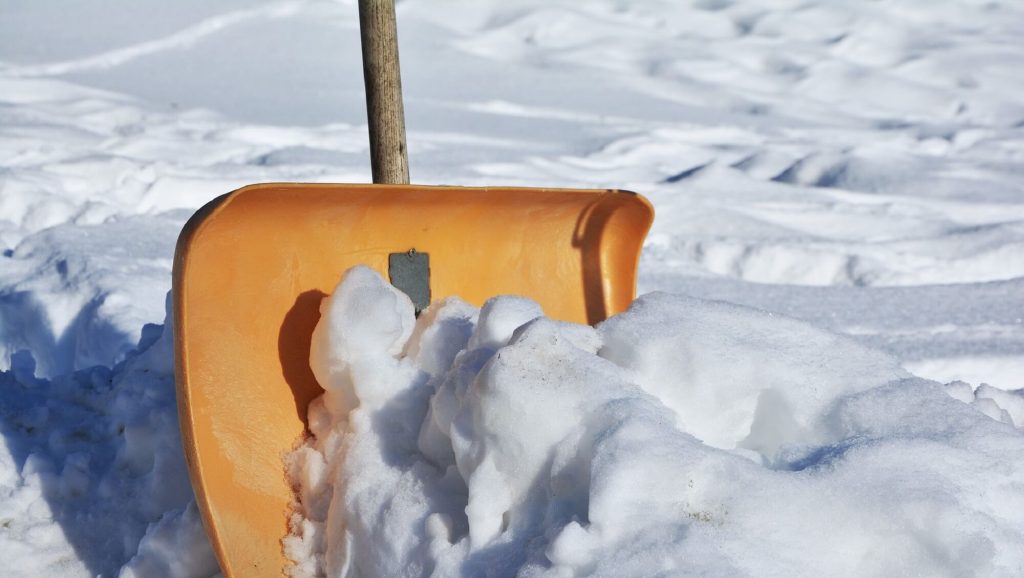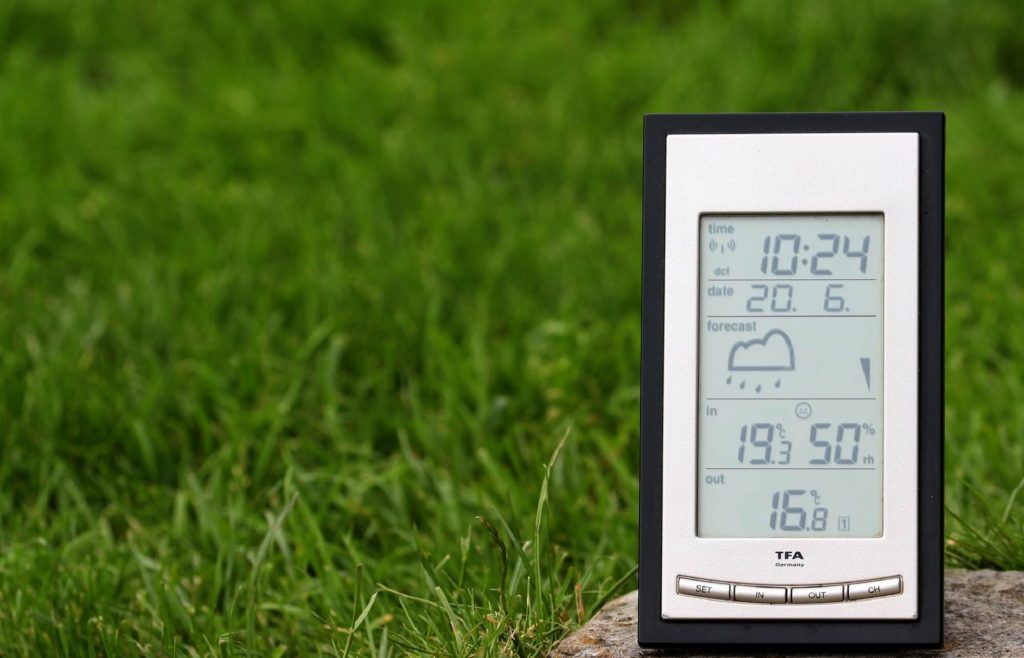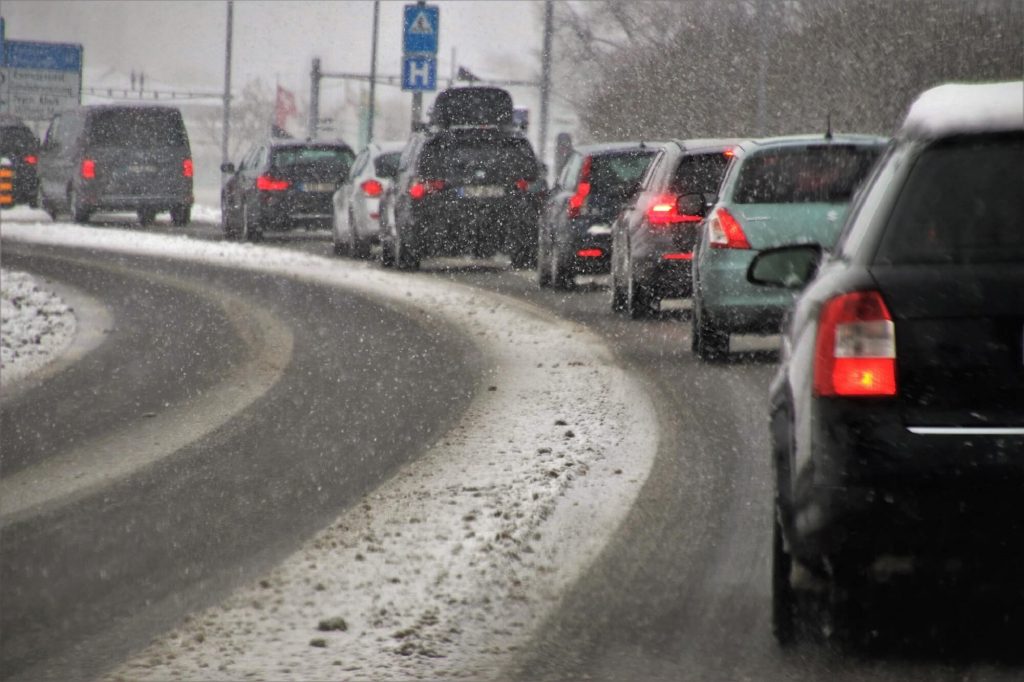Moving during the winter is never ideal, but necessary for many families. If you find yourself relocating when it’s cold, and the weather outside is frightful, the following tips to reduce the frustrations that may evolve during such an event. Put this information to use during the relocation process and secure a smooth, hassle-free winter move.
Start Early
Shorter days during the winter provides less daylight for your move. Moving in darkness adds worry and risk to the day. Start earlier in the day to avoid the 4 p.m. darkness that causes bitter coldness and adverse weather elements during the winter. Although moving first thing in the morning may sound quite unappealing, it’s much better than the alternative.
Snow Shovel & Plow
Winter moves create more safety concerns than those that take place during other seasons. Make sure that safety is a top priority when moving during the winter. It will keep everyone in the family safe and protect your belongings against damage. A few extra precautions ease the worries associated with a wintertime move.

Clear the area in front of the home of snow before moving any belongings outside. Shoveling snow avoids the risk of a slip and fall injury and damaged fixtures as well as other mayhem and mishaps. Shovel the sidewalks and a path to the moving truck as well
Hire a Moving Company
When a professional moving company handles your move, no weather elements can stand in the way of a safe, simple relocation process. Always hire professional movers to ease the complications that may arise during a winter move. The cost to hire a moving company varies from one professional to the next. Research, compare and find movers that comfortably accommodate your budget to reduce the headaches associated with a winter move.
Keep an Eye on the Weather
Whether you tune in to the local news to catch the weather report, or use an app to gather the information, keep track of the weather on moving day.

Remember that the weather can change in seconds, so yesterday’s report may no longer be valid. In worst-case scenarios, rescheduling the move may be necessary. Otherwise, keeping an eye on the weather report can help you work around bad weather.
Protect the Flooring
Floors inside the home can become damaged quite quickly when snow, water, sludge, mud, etc. is tracked in and out of the house. It also adds risks for slip and fall accidents to occur during the move. Protect the inside flooring, and these worries will subside. Large pieces of cardboard work best as winter move floor protection, but other products may also work, including those sold at home improvement stores.
The Successful Way for Winter Moves
The tips above are a few that help ease the stress and strain associated with a wintertime move. While spring and summer are the ideal seasons to pack the bags and move, wintertime moves can undoubtedly happen without worry with a bit of proper planning.




